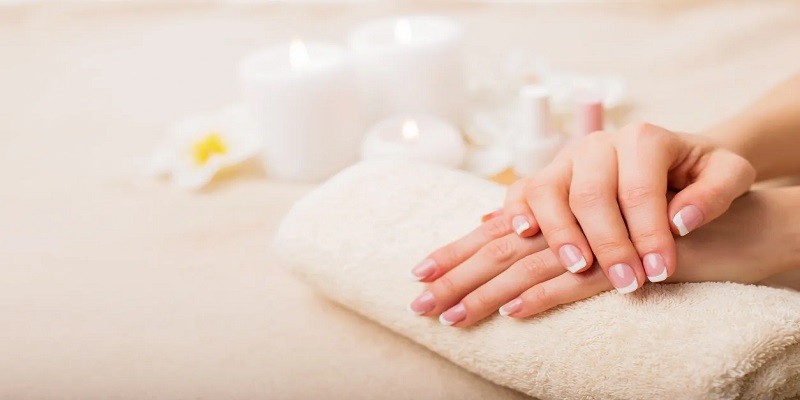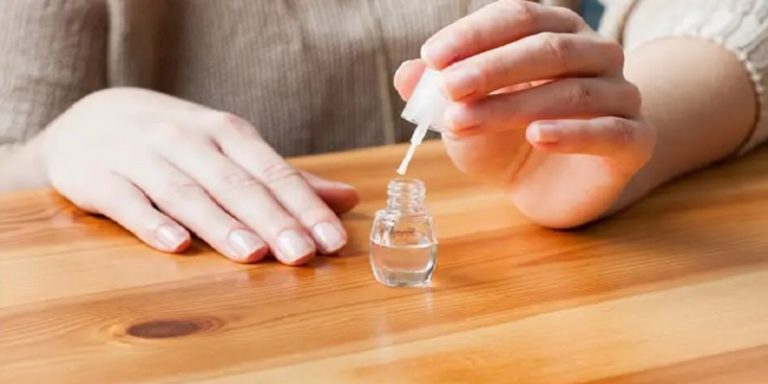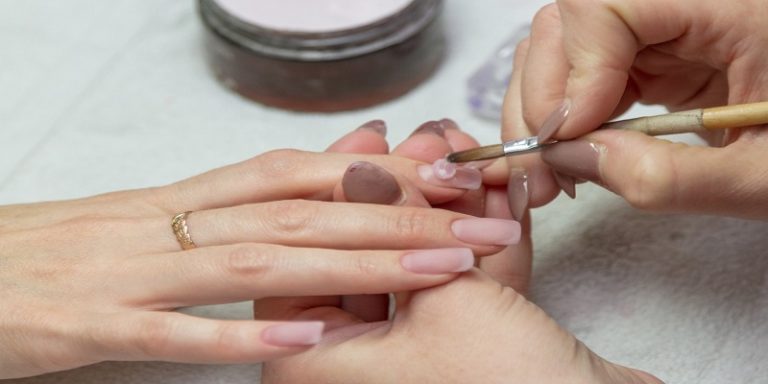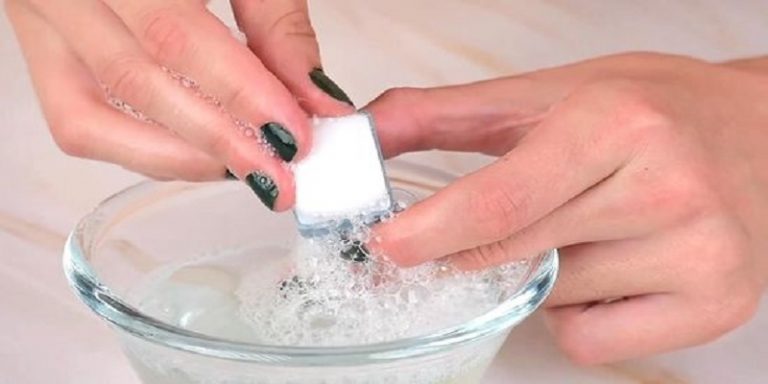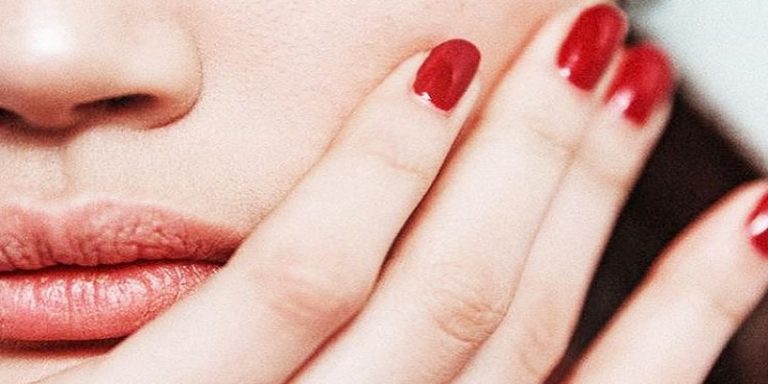How To Get Nail Glue Off Teeth?
Last Updated on June 18, 2025 by Jaclyn A. Neeley
Removing nail glue from teeth can be a challenging and potentially hazardous task. Nail glue, often composed of cyanoacrylate, is a strong adhesive designed to bond artificial nails to natural nails. When accidentally applied to teeth, it requires careful handling to avoid damage to the teeth and surrounding tissues. This article will provide a comprehensive guide on how to safely remove nail glue from teeth, including the materials needed, step-by-step instructions, and precautions to take.
Composition of Nail Glue
Nail glue typically contains cyanoacrylate, a fast-acting adhesive that forms a strong bond when exposed to moisture. Other ingredients may include ethyl cyanoacrylate, BHA, polyurethane acrylate oligomer, hydroxypropyl methacrylate, benzoyl isopropanol, and citric acid. These components make nail glue effective for its intended use but also challenging to remove when it adheres to unintended surfaces like teeth.
Risks of Nail Glue on Teeth
Accidentally getting nail glue on teeth can lead to discomfort and potential damage. The glue can harden quickly, making it difficult to remove without proper techniques. Additionally, some ingredients in nail glue can be toxic if ingested or can cause irritation to the oral mucosa.
Materials Needed
To safely remove nail glue from teeth, you will need the following materials:
- Acetone-based nail polish remover (ensure it is safe for oral use)
- Cotton swabs or cotton balls
- Warm water
- Mild soap
- Toothbrush
- Petroleum jelly or any moisturizing agent
- Lemon juice (optional)
- Rubbing alcohol (optional)
- Strong alcohol like vodka (optional)
Step-by-Step Instructions
Step 1: Initial Assessment
Before attempting to remove the nail glue, assess the extent of the glue on your teeth. Determine if it is a small spot or if it has spread over a larger area. This will help you decide the best method to use.
Step 2: Rinse with Warm Water
Start by rinsing your mouth with warm water. This can help to soften the glue slightly and make the removal process easier. Swish the water around your mouth for a few minutes, focusing on the area with the glue.
Step 3: Use Acetone-Based Nail Polish Remover
Acetone is effective in breaking down the molecules bonding the glue to the teeth. However, it must be used with caution:
- Soak a cotton swab or cotton ball in acetone-based nail polish remover.
- Gently dab the soaked cotton on the affected area, being careful not to ingest the acetone.
- Allow the acetone to sit for a few minutes to dissolve the glue.
- Rinse your mouth thoroughly with warm water to remove any acetone residue.
Step 4: Brush Your Teeth
After using acetone, brush your teeth with a toothbrush and mild soap. This will help to remove any remaining glue and acetone from your teeth. Be gentle to avoid damaging your enamel.
Step 5: Apply Petroleum Jelly
To soothe any irritation caused by the acetone, apply a small amount of petroleum jelly to the affected area. This will also help to moisturize your gums and lips.
Step 6: Alternative Methods
If acetone is not available or you prefer not to use it, consider these alternative methods:
- Lemon Juice: The citric acid in lemon juice can help to soften the glue. Mix lemon juice with water and soak a cotton swab in the solution. Apply it to the glue and let it sit for a few minutes before rinsing it with warm water.
- Rubbing Alcohol: Soak a cotton ball in rubbing alcohol and apply it to the glue. This can help to dissolve the adhesive. Rinse thoroughly afterward.
- Strong Alcohol: Vodka or other strong alcohols can be used similarly to acetone. Dab a cotton ball soaked in alcohol on the glue and let it sit for a few minutes before rinsing.
Precautions
Avoid Ingestion
When using acetone or any other chemical to remove nail glue, be extremely careful not to ingest it. Acetone and other solvents can be toxic if swallowed.
Seek Professional Help
If the glue does not come off easily or if you are uncomfortable using these methods, seek professional help. A dentist can safely remove the glue without causing damage to your teeth or gums.
Do Not Use Abrasive Tools
Avoid using abrasive tools like metal scrapers or hard brushes, as these can damage your enamel and gums. Stick to soft toothbrushes and gentle methods.
Monitor for Allergic Reactions
Be aware of any signs of allergic reactions or irritation. If you experience severe discomfort, swelling, or other adverse effects, discontinue the use of the removal method and consult a healthcare professional immediately.
Conclusion
Removing nail glue from teeth requires careful handling and the right materials. Acetone-based nail polish remover is effective but must be used with caution to avoid ingestion. Alternative methods like lemon juice, rubbing alcohol, and strong alcohol can also be effective. Always prioritize safety and seek professional help if needed. By following these steps and precautions, you can safely and effectively remove nail glue from your teeth.
FAQs
What happens if I get nail glue on my teeth?
If nail glue gets on your teeth, it can cause irritation and discomfort. Nail glue contains cyanoacrylate, which bonds quickly and strongly to surfaces, including teeth. This can make eating and speaking difficult and may also pose a risk of damaging the enamel if not removed properly.
How do you get the glue off your teeth?
To remove glue from your teeth, it is best to visit a dentist. Dentists have the appropriate tools and expertise to safely remove the adhesive without damaging your enamel. Attempting to remove it at home with tools like screwdrivers or abrasive materials can harm your teeth and gums.
How do I get nail glue out of my mouth?
If nail glue gets in your mouth, rinse thoroughly with warm water to loosen the glue. Avoid using acetone-based products, as they are not safe for ingestion. If the glue does not come off, seek professional dental assistance to ensure safe removal without damaging your oral tissues.
What are the safest methods to remove nail glue from teeth?
The safest method to remove nail glue from teeth is to consult a dentist. Dentists can use specialized tools to gently and effectively remove the glue. Avoid using household items like acetone or abrasive tools, as these can damage your teeth and gums.
Can vodka really help remove nail glue from teeth?
Vodka, due to its alcohol content, can act as a solvent and may help in loosening nail glue. However, it is not as effective as professional dental treatments and should be used with caution. It is always safer to consult a dentist for proper removal to avoid potential damage to your teeth and gums.

